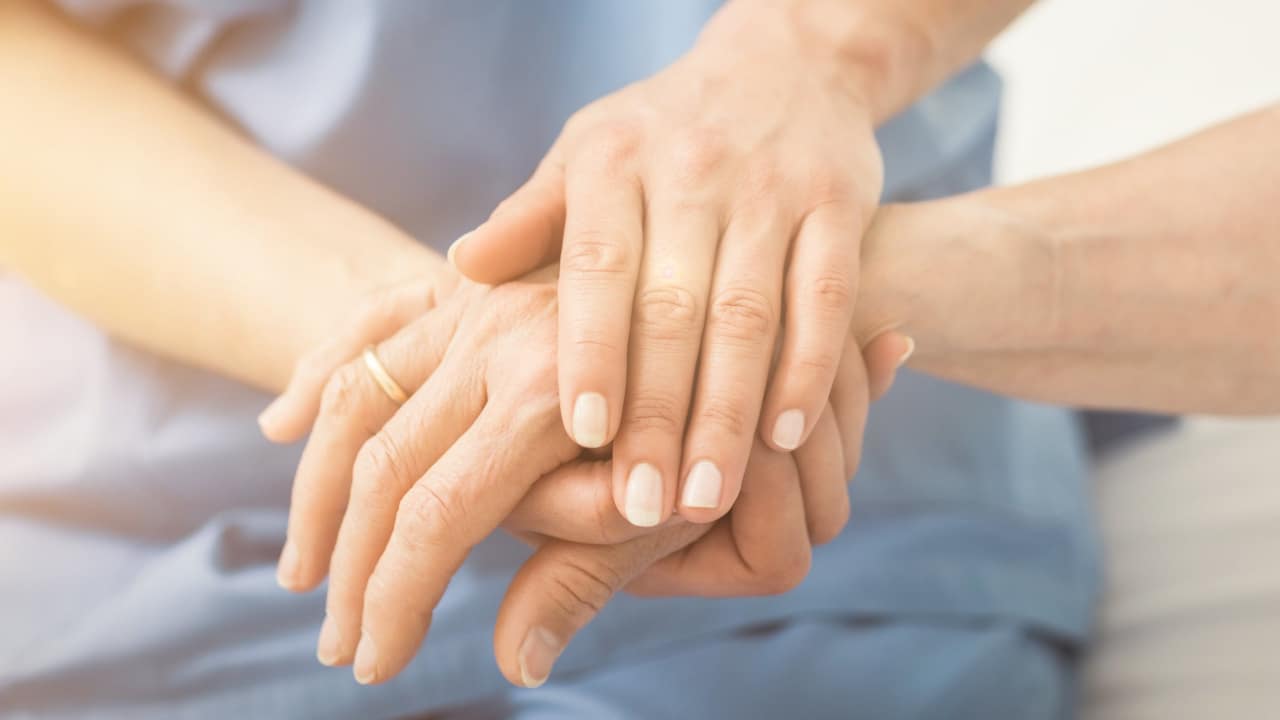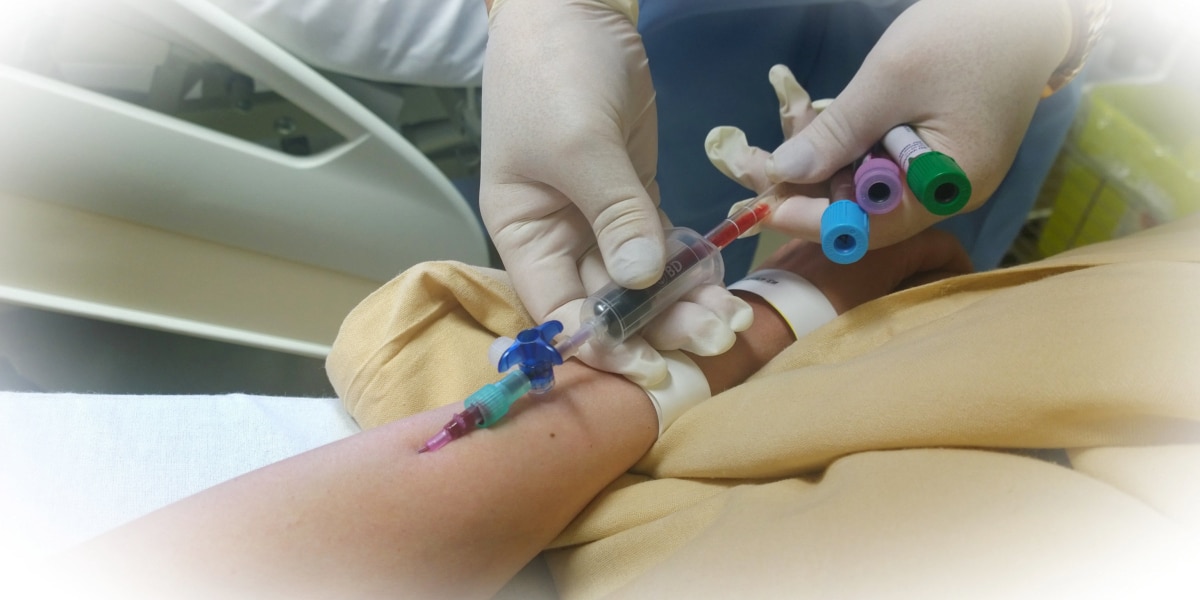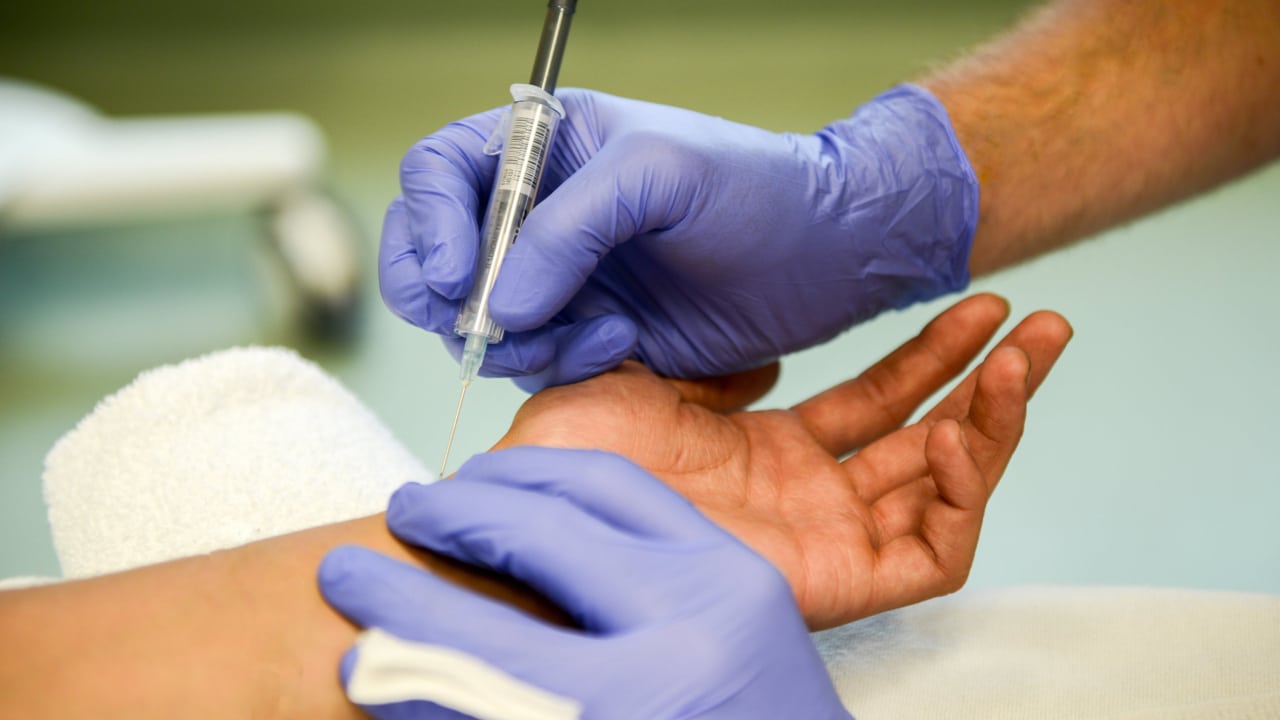Watch More! Unlock the full videos with a FREE trial
Add to Study plan
Master
Included In This Lesson
Study Tools
Anorexia – Signs and Symptoms (Mnemonic)
Bulimia – Signs and Symptoms 1 (Mnemonic)
Bulimia – Signs and Symptoms 2 (Mnemonic)
Eating Disorders Pathochart (Cheat Sheet)
Bulimia Effects on Teeth (Image)
Bulimia Effects on Body (Image)
Anorexia (Image)
Anorexia Nervosa Assessment (Picmonic)
Access More! View the full outline and transcript with a FREE trial
ADPIE Related Lessons
Related Nursing Process (ADPIE) lessons for Eating Disorders (Anorexia Nervosa, Bulimia Nervosa)
Transcript
Okay, guys, in this lesson we’re going to talk about eating disorders.
Generally speaking, an eating disorder is any condition of abnormal or disordered eating habits that ultimately affect a person’s physical or mental health. Specifically, we’re going to cover Anorexia Nervosa, Bulimia Nervosa, and Binge Eating Disorder.
So let’s go through each one of these. Clients with Anorexia Nervosa typically eat very very little, if anything, and may only consume water. We often find that they are preoccupied with food, almost obsessed. They have a distorted body image and low self-esteem - they don’t see what we see when we look at them, they see themselves as being overweight or not good enough, even when the world can see they are actually skin and bones. They tend to be terrified of gaining weight and might even have phobias of certain foods. Physiologically we see a decrease in their metabolism and vitals, low heart rate, low blood pressure, low temperature, and then we see them develop something called lanugo. Lanugo is a fine layer of hair that develops all over the body. It’s almost like the body is trying desperately to insulate itself because they’ve lost that layer of fat and their temperature is so low. One of the most significant complications of Anorexia Nervosa is the electrolyte disturbances. You can imagine if you aren’t consuming any nutrients and you’re drinking only water, if that - your electrolytes will be significantly out of whack - this can be life threatening, especially because we know the effect that can have on our cardiac system. We will also see hormonal imbalances - many of these female clients will stop getting their period. And because of the hormone changes and electrolyte imbalances, we often see bone degeneration like osteoporosis. Keep in mind, this has more to do with altered thought processes than just physical symptoms - and it can affect males and females.
Bulimia Nervosa is a little different. They have the same issues with preoccupation with food, distorted body image, low self-esteem, fear of gaining weight and phobias of certain foods - they’ll even have some of the same physical findings in terms of a low heart rate and blood pressure - however, the big difference is that they actually do eat. Clients with bulimia nervosa go through cycles of binging and purging. So they’ll eat a TON of food, even to the point of being super uncomfortable...then they’ll purge - which means doing something to get it out of their system. Commonly this involves vomiting, but it could also be diuretics, laxatives, enemas, and even things to increase burning off the food like amphetamines or excessive exercise. There’s usually a lot of guilt associated with these binging and purging cycles and we see their moods tend to be very labile, which means they swing pretty easily. During these cycles, they tend to feel helpless to stop it and it creates a significant emotional cycle as well. They may also have some electrolyte abnormalities depending on the severity of their purging and how much gets absorbed, but the biggest complication is the erosion of their tooth enamel because of the stomach acid when they vomit so much. So we may start to see their teeth yellow and decay.
The last one we’ll review quickly is binge eating disorder, which used to be called compulsive overeating. They’ll have significant binging episodes without any purging - they’ll eat super fast, eat until they are uncomfortably full, or even eat when they aren’t hungry at all. They may even begin to eat meals alone or in their car because they’re ashamed to let people see how much they’re eating. I’ve even heard a patient talk about ordering an extra drink in the drive through so they wouldn’t think it was all for her. It is common for this binge eating to be a coping mechanism or triggered by emotions - good and bad ones. Again, these clients will feel helpless to stop. Of course, the most significant complication would be obesity and everything that comes along with it - but not everyone with binge eating disorder will be overweight and not everyone who is overweight has binge eating disorder - remember there is an underlying psychological pathology here that distorts their thinking about food.
So the #1 priority for any of these clients is to make sure they’re stable medically - fluid & electrolyte replacement, evaluate for arrhythmias, etc. If they aren’t medically stable, nothing else we do will matter. From there, we will be sure to do a self-harm assessment - remember their self-image is distorted. We want to establish rapport and trust because there is a lot of fear and anxiety involved. We help them identify their feelings and triggers as well. Also, we want to manage their expectations. We make sure they know the plan - how much and how often will we require them to eat? How often will they be weighed? How do weigh-ins work? Those are all things they need to know to be emotionally prepared - again the idea of eating or stepping on a scale may elicit serious anxiety. And of course we want to involve the support system if appropriate - but sometimes the family can be one of their triggers, so make sure you’re evaluating the big picture there.
Top priority nursing concepts for a client with an eating disorder - of course nutrition and making sure they’re getting the right amount. Fluid & Electrolyte balance to prevent any serious complications like arrhythmias. And coping, the emotions are deep and need to be addressed.
So remember that these conditions involve disordered, abnormal eating habits that affect the person’s health. The 3 types we talked about are Anorexia, Bulimia, and Binge-Eating Disorder. Remember to address their emotions, validate their feelings, identify triggers and establish a good rapport. We also want to manage their expectations, set small goals, talk about the routine, and involve the support system if it’s appropriate. And, as always, safety first - stabilize them medically first before addressing the underlying emotions, and always do a self-harm assessment.
That’s it for eating disorders, make sure you check out all of the resources attached to this lesson, including the patient story. Now, go out and be your best self today - Happy nursing!
Generally speaking, an eating disorder is any condition of abnormal or disordered eating habits that ultimately affect a person’s physical or mental health. Specifically, we’re going to cover Anorexia Nervosa, Bulimia Nervosa, and Binge Eating Disorder.
So let’s go through each one of these. Clients with Anorexia Nervosa typically eat very very little, if anything, and may only consume water. We often find that they are preoccupied with food, almost obsessed. They have a distorted body image and low self-esteem - they don’t see what we see when we look at them, they see themselves as being overweight or not good enough, even when the world can see they are actually skin and bones. They tend to be terrified of gaining weight and might even have phobias of certain foods. Physiologically we see a decrease in their metabolism and vitals, low heart rate, low blood pressure, low temperature, and then we see them develop something called lanugo. Lanugo is a fine layer of hair that develops all over the body. It’s almost like the body is trying desperately to insulate itself because they’ve lost that layer of fat and their temperature is so low. One of the most significant complications of Anorexia Nervosa is the electrolyte disturbances. You can imagine if you aren’t consuming any nutrients and you’re drinking only water, if that - your electrolytes will be significantly out of whack - this can be life threatening, especially because we know the effect that can have on our cardiac system. We will also see hormonal imbalances - many of these female clients will stop getting their period. And because of the hormone changes and electrolyte imbalances, we often see bone degeneration like osteoporosis. Keep in mind, this has more to do with altered thought processes than just physical symptoms - and it can affect males and females.
Bulimia Nervosa is a little different. They have the same issues with preoccupation with food, distorted body image, low self-esteem, fear of gaining weight and phobias of certain foods - they’ll even have some of the same physical findings in terms of a low heart rate and blood pressure - however, the big difference is that they actually do eat. Clients with bulimia nervosa go through cycles of binging and purging. So they’ll eat a TON of food, even to the point of being super uncomfortable...then they’ll purge - which means doing something to get it out of their system. Commonly this involves vomiting, but it could also be diuretics, laxatives, enemas, and even things to increase burning off the food like amphetamines or excessive exercise. There’s usually a lot of guilt associated with these binging and purging cycles and we see their moods tend to be very labile, which means they swing pretty easily. During these cycles, they tend to feel helpless to stop it and it creates a significant emotional cycle as well. They may also have some electrolyte abnormalities depending on the severity of their purging and how much gets absorbed, but the biggest complication is the erosion of their tooth enamel because of the stomach acid when they vomit so much. So we may start to see their teeth yellow and decay.
The last one we’ll review quickly is binge eating disorder, which used to be called compulsive overeating. They’ll have significant binging episodes without any purging - they’ll eat super fast, eat until they are uncomfortably full, or even eat when they aren’t hungry at all. They may even begin to eat meals alone or in their car because they’re ashamed to let people see how much they’re eating. I’ve even heard a patient talk about ordering an extra drink in the drive through so they wouldn’t think it was all for her. It is common for this binge eating to be a coping mechanism or triggered by emotions - good and bad ones. Again, these clients will feel helpless to stop. Of course, the most significant complication would be obesity and everything that comes along with it - but not everyone with binge eating disorder will be overweight and not everyone who is overweight has binge eating disorder - remember there is an underlying psychological pathology here that distorts their thinking about food.
So the #1 priority for any of these clients is to make sure they’re stable medically - fluid & electrolyte replacement, evaluate for arrhythmias, etc. If they aren’t medically stable, nothing else we do will matter. From there, we will be sure to do a self-harm assessment - remember their self-image is distorted. We want to establish rapport and trust because there is a lot of fear and anxiety involved. We help them identify their feelings and triggers as well. Also, we want to manage their expectations. We make sure they know the plan - how much and how often will we require them to eat? How often will they be weighed? How do weigh-ins work? Those are all things they need to know to be emotionally prepared - again the idea of eating or stepping on a scale may elicit serious anxiety. And of course we want to involve the support system if appropriate - but sometimes the family can be one of their triggers, so make sure you’re evaluating the big picture there.
Top priority nursing concepts for a client with an eating disorder - of course nutrition and making sure they’re getting the right amount. Fluid & Electrolyte balance to prevent any serious complications like arrhythmias. And coping, the emotions are deep and need to be addressed.
So remember that these conditions involve disordered, abnormal eating habits that affect the person’s health. The 3 types we talked about are Anorexia, Bulimia, and Binge-Eating Disorder. Remember to address their emotions, validate their feelings, identify triggers and establish a good rapport. We also want to manage their expectations, set small goals, talk about the routine, and involve the support system if it’s appropriate. And, as always, safety first - stabilize them medically first before addressing the underlying emotions, and always do a self-harm assessment.
That’s it for eating disorders, make sure you check out all of the resources attached to this lesson, including the patient story. Now, go out and be your best self today - Happy nursing!
View the FULL Transcript
When you start a FREE trial you gain access to the full outline as well as:
- SIMCLEX (NCLEX Simulator)
- 6,500+ Practice NCLEX Questions
- 2,000+ HD Videos
- 300+ Nursing Cheatsheets
“Would suggest to all nursing students . . . Guaranteed to ease the stress!”










